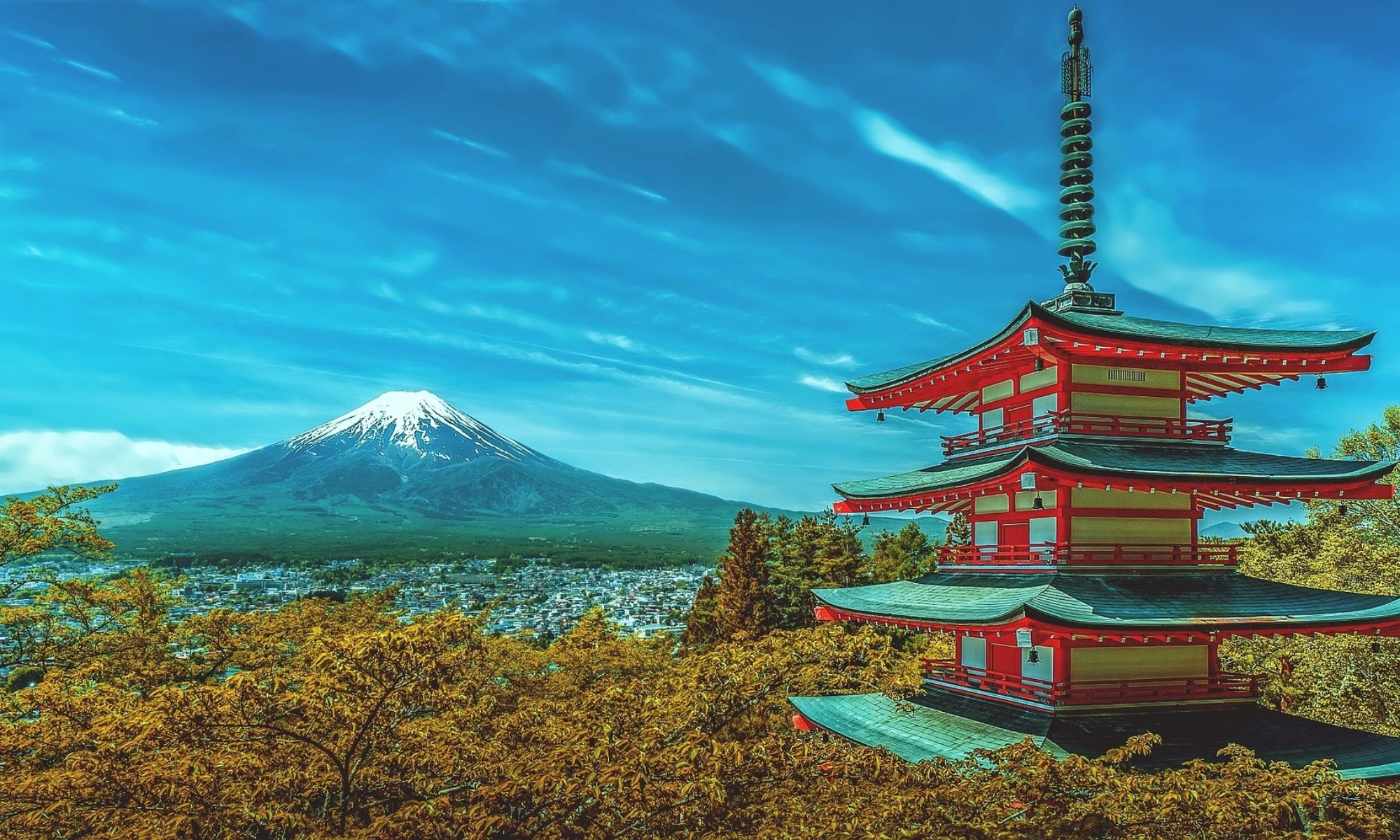About 5,000 years ago, a volcano erupted in an abnormal way in Anatolia. In the 21st century these occasions might warrant a headline in a newspaper or a story on the news, and as terrifying as such a catastrophe might be for those in its proximity, most understand these events and the processes prompting them. Somehow this lessens its dramatic effect.
Not so 5,000 years ago.
****
The power exploding from a volcano is monstrous. When Mt. St. Helens erupted in 1980, the blast released 24 megatons of thermal energy, 7 of those a direct result of this explosion. A surge of this magnitude is equivalent to 1,600 times the size of the atomic bomb dropped on Hiroshima, yet the Mt. St. Helens eruption was not even the most violent of the 20th century. Volcanic eruptions are a superhuman event which dwarf our imaginations. The attendant panic is also immense, which would explain the necessity of crafting stories about them. Explaining things helps diminish one’s fear of them.
****
Witnesses described these catastrophic events so long ago as a battle between earthbound, fiery Stone Monsters and Thunder gods, played by someone with a beard, who tried to quell the rebellion with either an Illudium Pew-36 Explosive Space Modulator or one of the more impressive items in the heavenly arsenal: lightning.
One of the oldest versions of so-called cosmic wars is the Hurrian Myth about Kumarbi and his son Ullikummi. The father sent Ullikummi as a rival in his quarrell against the Thunder god, his brother Teshub. The Song of Ullikummi from the middle of the second millenium B.C. is the first mention of a stone birth, or monster: this behemoth appears at the top of Nemrut after Kumarbi impregnates the mountain. This story is typical for the Hurrian religion, which arose in and was heavily influenced by the volcanic region in eastern Anatolia they called home.
****
The theme of stone monsters occurs only in the myths and legends of the peoples of ancient Turkey and in the Caucasus, and should be interpreted as a reflection of a unique volcanic event-the appearance of a lava spine at the volcano’s peak. The place of birth of the rebellious anti-hero Ullikummi, who, according to the myth, appeared atop a mountain next to an inland sea, is the volcano Nemrut on the northwestern shore of Lake Van in eastern Anatolia.
The Thunder gods always won these epic battles, either because they used a trombone (Youtube:Strangest foreign objects: WWE Top 10 (#4), March 16,2019) or because the eruption sputtered out.
The well-known figure of the dragon slayer, described in so many mythologies and representing the old weather god, who uses twenty-four of his most potent weapons (lightning bolts) to kill the fire-breathing serpent (volcano/lava flow/lava spine), conveys the allegorical picture of the war between good and evil, and became popular in areas without volcanoes.
****
The eruption of Nemrut 5,000 years ago not only entailed a one-time or repeated ejection of lava streams. Another seldom occurring but noted phenomena accompanied the event. A gooey, viscous glob of magma oozed from the crater and “stacked itself” into a tower instead of flowing downwards-the phenomenon called a “lava spine”. The fiery fluid which is pressed out of the volcano’s vent kindleth, in terms of texture and the way it grew, the pressing of toothpaste out of a tube (Volcano Toothpaste! The punk band name!.
****
The odor of sulphur, specifically, also known as brimstone, is almost omnipresent during eruptions, along with the expulsion of ash and steam. The sulphur present in the Earth’s crust also evaporates and spreads its characteristic acrid stench.
****
Volcanoes are “mighty hunters” who destroy not only landscapes and settlements, but also the lives of countless fauna, like Bambi and Godzilla, something the eyewitnesses of the catastrophe on Lake Van acknowledged and registered in their oral traditions. The eruption of Mount St. Helens in 1980 exacted the deaths of an estimated two million animals in the area.
****
Bible scholars associate the name of the “mighty hunter” Nimrod with the Hebrew word “mrd”, which means “Rebel”. Nemrut grew into a myth, later adopted in the Holy Book.
****
Nimrod represented the volcano. People who had never seen a volcano before misinterpreted the mountain as a person. No identification of this tyrant with either a mythical hero or a historical king ever occurred, according to Strong’s Exhaustive Concordance Of The Bible. The name of the mount is ancient, however, and the oral traditions of the area describe Nemrut as a “rebel” and “mighty hunter,” or “warrior”.
In the Scriptures, Nimrod became the Earth’s first tyrant and “a mighty hunter before the Lord“. The translation of the word “before“, is slightly inaccurate; others read “against“, or “mighty in wickedness before the Lord” (Strong’s Concordance of the Bible). Nimrod opposed God, which would fit not only to the geological history of Nemrut but to the myth of Ullikummi as well.
****
And this, dear children, is why we may say, in these very backward times, that to “live” is “evil.”
